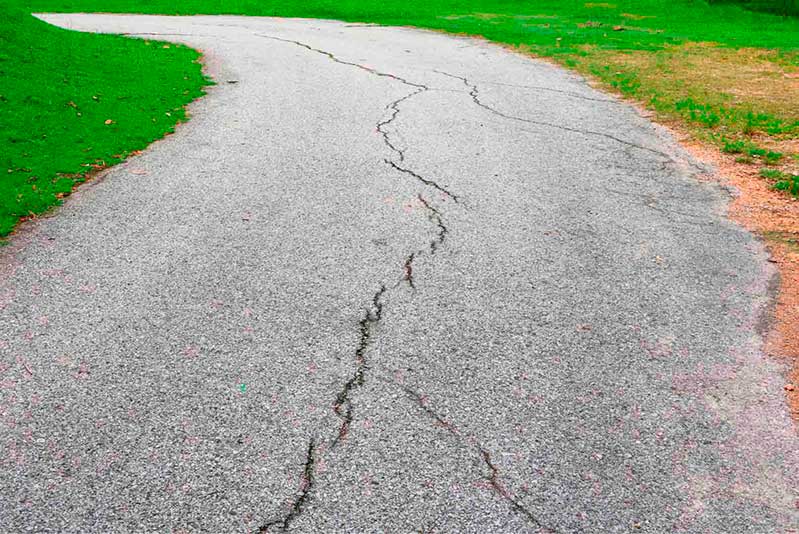Click Here for Expert Suggestions on Choosing the Perfect Concrete Contractor
Click Here for Expert Suggestions on Choosing the Perfect Concrete Contractor
Blog Article
The Green Selection: Concrete Sidewalks for Your Community
Picking concrete for your area pathways can make a considerable difference in terms of sustainability and eco-friendliness. Let's check out why concrete sidewalks could be the environmentally friendly choice your neighborhood needs.
Advantages of Concrete Sidewalks
When thinking about the installment of pathways in a neighborhood, the advantages of choosing concrete over various other materials are various and considerable. Concrete walkways supply sturdiness, holding up against heavy foot website traffic, weather condition variations, and environmental components much better than alternative products like asphalt or gravel.

Toughness and Long Life
Just how can concrete sidewalks outshine various other materials in terms of durability and longevity? Concrete walkways are renowned for their outstanding durability and longevity compared to alternate products like asphalt or pavers.
Furthermore, concrete's sturdiness minimizes the demand for frequent repair work or replacements, making it a lasting and cost-efficient selection for neighborhood walkways. By investing in concrete pathways, neighborhoods can appreciate a reliable and long-lasting infrastructure that enhances the general aesthetic allure and functionality of the location.
Reduced Maintenance Needs
Concrete pathways attract attention for their very little upkeep requirements as a result of their sturdy nature and lasting efficiency. Unlike alternative materials that may need regular repair work or replacements, concrete walkways use a cost-efficient option that requires little upkeep over time. One of the vital benefits of concrete pathways is their resistance to weathering and disintegration. This means they can hold up against extreme weather, heavy foot web traffic, and other ecological elements without degrading promptly.
Routine maintenance for concrete sidewalks usually includes easy tasks such as routine cleaning to get rid of debris and occasional securing to protect the surface area. In contrast to products like asphalt or pavers that may change, crack, or degrade even more quickly, concrete pathways keep their structural honesty with minimal intervention. In addition, any kind of repairs that might be required are usually local and can be dealt with promptly, lowering address both the moment and expense associated with upkeep.

Ecological Benefits
With an emphasis on sustainability and eco-friendliness, concrete sidewalks provide remarkable environmental benefits that contribute to a greener neighborhood facilities. Additionally, concrete sidewalks have a high solar reflectance index, meaning they show a significant amount of sunshine rather of retaining and absorbing warmth.
Furthermore, concrete is a permeable material that permits water to infiltrate right into the ground, reducing stormwater drainage and assisting in groundwater recharge. This assists stop disintegration, decrease flooding, and preserve the natural equilibrium of water supply in your area. By picking concrete walkways, neighborhoods can make a sustainable option that positively impacts the setting and boosts the quality of life for locals.
Enhancing Community Sustainability
By focusing on sustainable infrastructure services, communities can cultivate an unified balance in between environmental visit site awareness and area growth. Enhancing area sustainability entails a complex strategy that surpasses simply the ecological benefits of concrete home pathways. Carrying out green rooms, advertising energy-efficient methods, and fostering a sense of neighborhood involvement are important components of producing a lasting neighborhood.
One method to boost neighborhood sustainability is with the combination of permeable concrete sidewalks. These sidewalks enable rain to seep into the ground, decreasing stormwater runoff and decreasing the stress on community drainage systems. Legendary Concrete Brentwood. By incorporating absorptive pathways, neighborhoods can improve water high quality, decrease flooding threats, and improve total environmental strength
Moreover, advertising alternative transportation techniques such as walking and biking can substantially decrease carbon discharges and promote a much healthier way of life among citizens. Producing risk-free pedestrian paths, bike lanes, and marked greenways can encourage locals to rely less on cars, further adding to the community's sustainability objectives.
Conclusion
To conclude, concrete sidewalks provide many benefits for communities, consisting of sturdiness, reduced upkeep needs, and ecological advantages. By picking concrete pathways, neighborhoods can boost their sustainability and add to a more environmentally friendly setting. It is clear that concrete sidewalks are the suitable option for areas aiming to boost their facilities in a durable and environmentally friendly way.
When considering the installment of walkways in a neighborhood, the advantages of picking concrete over various other materials are countless and considerable. Additionally, concrete's toughness minimizes the need for regular repair work or replacements, making it a sustainable and cost-efficient selection for area walkways (Click Here).With an emphasis on sustainability and eco-friendliness, concrete walkways use notable environmental advantages that add to a greener area infrastructure. Enhancing community sustainability entails a diverse approach that goes beyond simply the ecological advantages of concrete sidewalks.In verdict, concrete walkways provide various benefits for areas, consisting of toughness, reduced upkeep requirements, and ecological benefits
Report this page